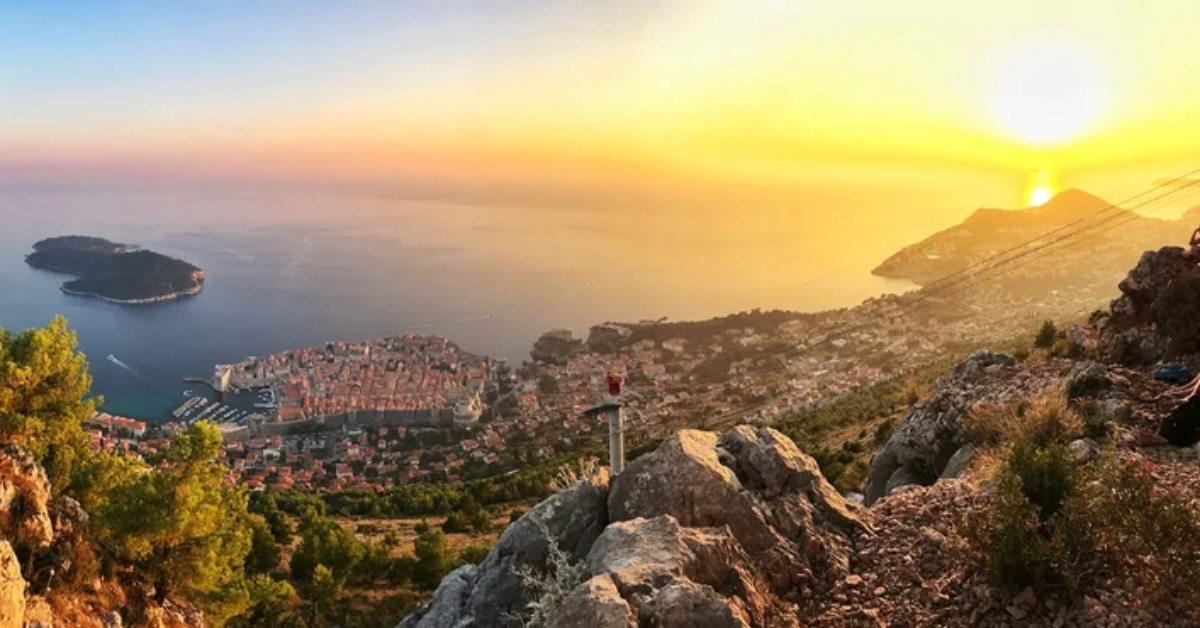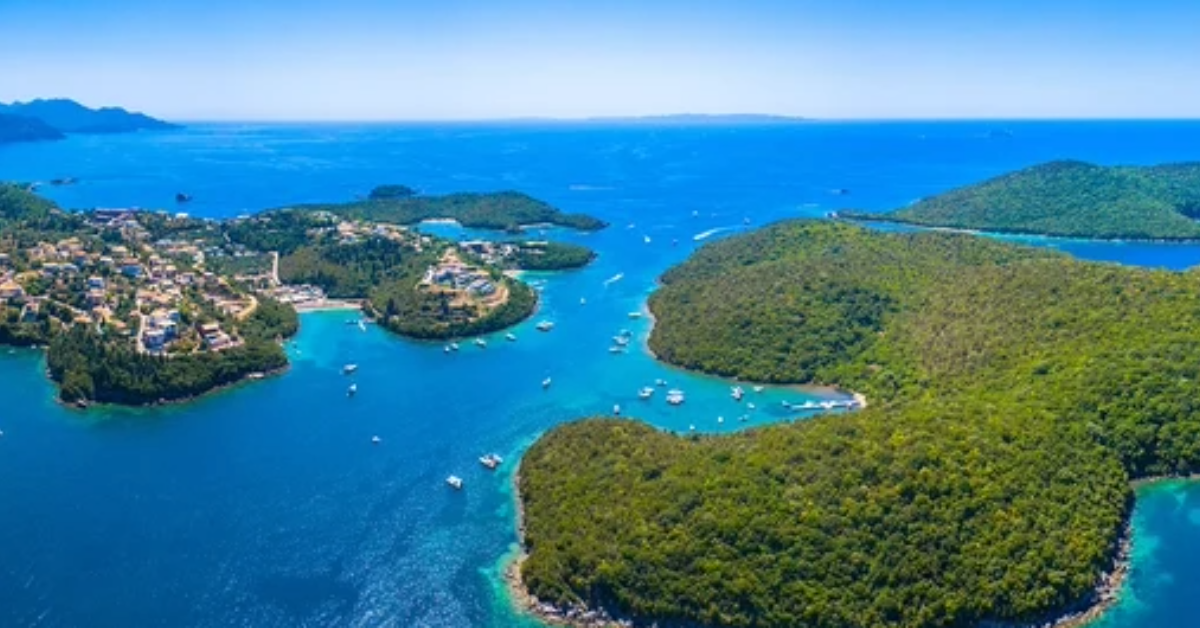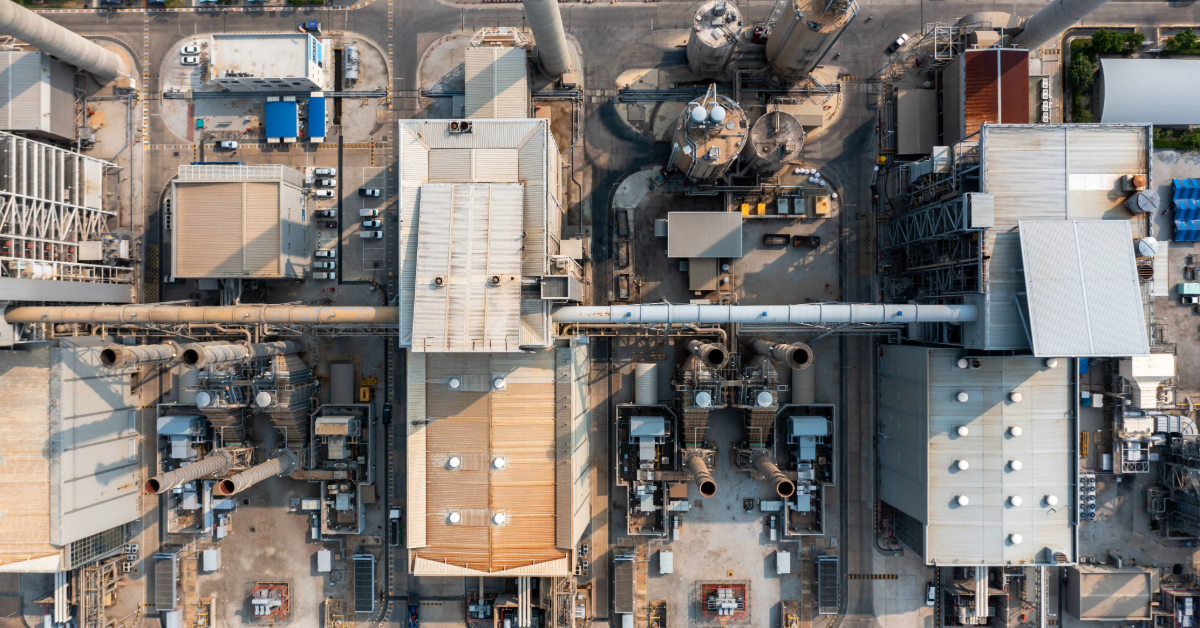The Technology Behind Interconnecting Greek Islands’ Power Grids
Greece is a country with more than 200 islands dotting the Mediterranean Sea, of which many are inhabited and have mountainous terrain. As such, the...
3 min read
 Team Energy Exemplar
:
March 15, 2022
Team Energy Exemplar
:
March 15, 2022

The Republic of Croatia, a country of around four million inhabitants, lies between central and Southeast Europe, bordering Slovenia, Hungary, Serbia, Bosnia and Herzegovina, Montenegro, and the Adriatic Sea, across which Italy is located in the West. In the early 1960s, the southern wing of the Croatian transmission network was constructed for 220 kV, with an additional 400 kV of reinforcement added during the late 1970s. Its 200-kilometer route is quite demanding due to extreme climate, environmental specifics, and related costs. However, the operational experience over the past 50 years has been mainly positive.
Now, the transmission network is nearing the end of its lifetime, making it extremely important to analyse and select the best option for network revitalisation and development to serve its users for the next 50 years. But today, developers face vastly different electricity market conditions, technological development, more restrictive environmental requirements, and large-scale Renewable Energy Systems (RES) integration. Moreover, special attention should be given to the potential opportunity—and need—to use this revitalisation for a new interconnection to the power system of Bosnia and Herzegovina (BiH).
Altogether with its length of more than 380 km, this is one of the largest transmission projects in Southeast Europe in the last few decades.
Enter: Energy Institute Hrvoje Požar (EIHP). EIHP is Croatia's state-owned, non-profit scientific institution whose goal is to advise clients on the strategic development of the energy system and its sub-systems, as well as on legislative, economic, and infrastructural matters concerning the energy industry.
EIHP was engaged by the Croatian Transmission System Operator (HOPS) in the development of the country's power system revitalisation and interconnection study. This multicriterial and comprehensive study assessed technical, economic, financial, geographical, environmental, social and legal considerations. It also identified locations of new 400 kV transmission system nodes, and internal and interconnection 400 kV line routes, as well as the potential upgrade or replacement of the existing 220 kV circuits.
To tackle such a complex project, EIHP turned to Energy Exemplar’s PLEXOS modelling and simulation software, which they have been using since 2006.
"During our vast experience in power system modelling and optimisation, we recognised PLEXOS as a reliable, widely accepted, and accredited power system planning tool. Moreover, the opportunity to export results obtained from PLEXOS to the PSSE format in order to facilitate work on this study was very important. In general, when it comes to power system modelling, PLEXOS is always our number one choice!"
Antonia Tomas Stanković,
- Senior Consultant at EIHP
Using PLEXOS, EIHP conducted market analyses for 21 selected scenarios, while network analyses were prepared using PSS/E software. PLEXOS was used to model the entire region of Southeast Europe (SEE), covering 12 SEE countries and four perimeter countries.
The extensive model included 550 generators, 24 interconnection lines and two HVDC links, along with complete 110, 220 and 400 kV networks in Croatia and BiH. Market scenarios differ in time horizon, circuit type (HTLS or ACSR conductors), CO2 price variations, and with or without link to Bosnia and Herzegovina.
Each scenario resulted in country power balance, electricity price, total generation cost and net import cost. Special emphasis in market analysis was given to the EUCO 2030 scenario, prepared according to the European Commission’s goals. It provided an additional overview of the expected European energy future up to 2030 and beyond.
Along with HOPS, several institutions and companies (promoters and stakeholders) from both countries participated in this study analysis, including Bosnia and Herzegovina’s Transmission Company Elektroprijenos BiH and BiH’s Independent System Operator NOS BiH.
Considering the project's key importance in the future regional electricity system and market development, 10 project stakeholders also held important roles. These include EBRD, energy regulatory agencies, line ministries, state environmental agencies and state IPA coordinators. In addition to the above mentioned 13 institutions and companies, a consortium of three consulting companies also actively participated, preparing calculations and reports. In total, 16 institutions or companies participated in this comprehensive activity and project governance.
Based on the PLEXOS results and network analysis, five main options have been initially selected as topology candidates to solve the problems. Detailed methodology and criteria for the selection of the optimal options (revitalisation and development scenario and topology) were developed and approved by involved stakeholders.
Final results proved that this project can be executed with minimal environmental impact, avoiding protected areas and fulfilling all legal requirements. Relevant documents have been prepared for further formal steps in issuing environmental consents in both countries.
With the help of Energy Exemplar’s PLEXOS software, this project presents the above-mentioned analyses, findings and recommendations, as the most comprehensive analytical approach to the transmission line development that has ever been applied in this region.
According to Tomas Stanković, EIHP are currently using PLEXOS in other current and future projects, especially those related to capacity expansion planning, production cost modelling, electric and gas market price forecasting, water and gas infrastructure planning, regional market design and analysis, as well as VRE integration – a hot topic in the decarbonisation process.

Greece is a country with more than 200 islands dotting the Mediterranean Sea, of which many are inhabited and have mountainous terrain. As such, the...

Case study is based on the work presented at the Xcelerate Barcelona conference by Dipuo Magapa, Senior Energy Planner at Eskom Eskom - South...

In our last blog, we discussed the traditional method utilities and energy organizations have taken to planning – conducting multiple resource’s...